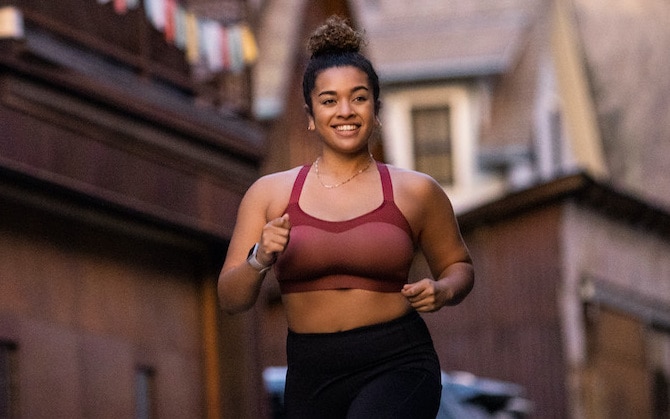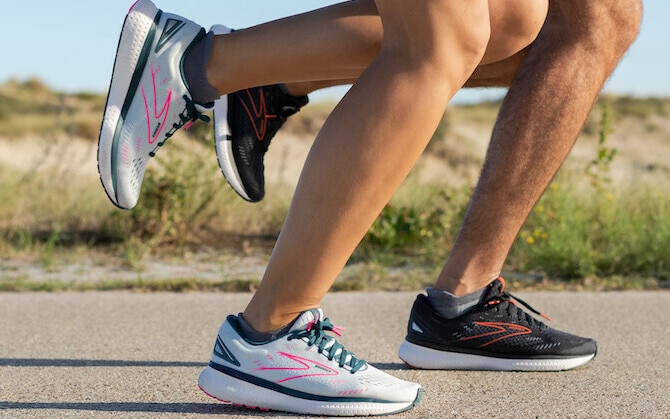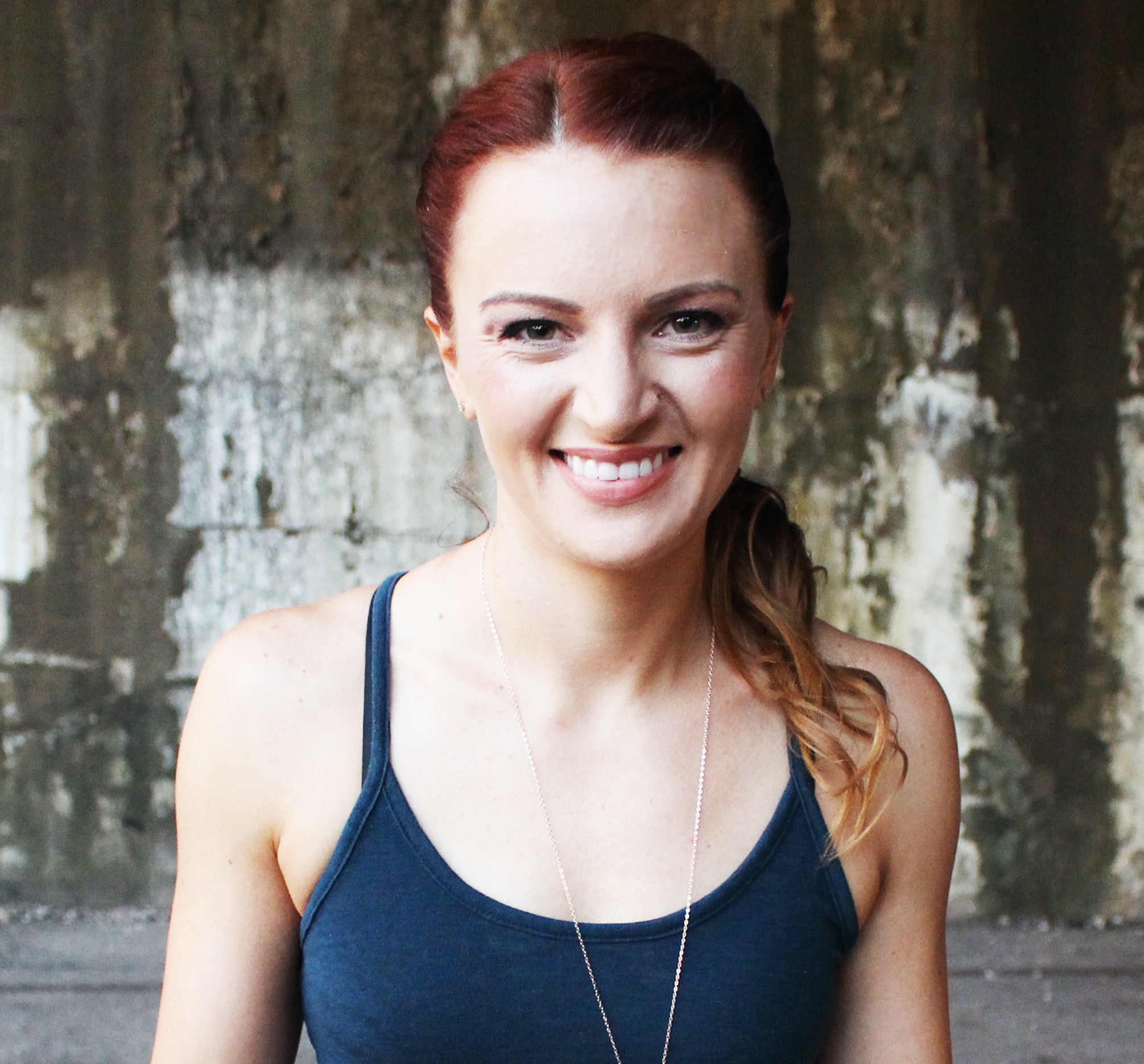First time running? Get started with these 4 running tips for the road

In theory, running should be as simple as putting one foot in front of the other, right? But let's face it, if you're completely new to the sport, your first time running may feel pretty intimidating.
Well, before you cue up the "Rocky" soundtrack, here's the first thing you need to know: The moment your feet hit the ground, you're officially a runner. It doesn't matter if you're sprinting, enjoying a light jog, or struggling through a quarter mile. The running community is about more than races and personal records. It's composed of millions of people, all with varied goals, abilities, and their own attitude toward running. We just all have one thing in common: We run!
4 time-tested tips for first-time runners
If you're just starting out on your running journey, get ready to make moves with these four tips for first-time runners. Backed by research, my training clients' successes, and my own trial and error, these pointers can help you start off on the right foot.
1. Know your why
Before your first time running, take a beat to consider why you want to run. And I don't just mean the general "to be healthier" or "to lose weight." Dig a little deeper. Is it because you want to stay healthy for your kids? Because exercise helps you manage stress? Because you want to get moving after sitting at a desk all day? Knowing your "why" is critical to building motivation and dedication.
Map out what steps you can take during your runs to help keep you going. For example, tracking workouts and competing with running buddies motivates some people, while others thrive when they turn off the tech and head out solo. Some people absolutely have to run with music, while others prefer to listen to the sound of their feet pounding the pavement or wooded trail below.
Test out different strategies and pay attention to what feels best to you. In the end, doing something for the pure joy of it can be the most resilient form of motivation.
2. Get the right gear
Your running gear can make or break your running habit. The right shoes can help reduce your risk of injury. The right sports bra can nix bouncing-related pain. The right fabrics can wick away sweat. And the right glide creams can help fend off ... well, don't even get me started on inner-thigh chafing.
Before your first run, research and try on some shoes or gear at a specialty running store. The staff will know their stuff and can even analyze how you run while wearing different shoes. Call your local store and ask about how they train staff members.
You can also check out the Brooks Shoe Finder for recommendations based on your running history, any prior aches and pains, and how you perform a list of exercises like squats.

3. Slow and steady
When you're psyched to get started, it's tempting to sprint out of the gate. To avoid risk of injury, slow things down by gradually building on where you are in your running journey. You won't make radical changes overnight.
If this is your first time running, start with 15-minute walk-jog workouts a few times a week. Can't remember the last time you ran a mile? Don't plan to for a few weeks or even months into training. As a general rule, you should increase your total running volume — that's the total of your time, distance, and intensity — bit by bit, week over week.
The easiest way for my clients to match their running volume to their body is to ask, "How hard do you feel like you're working?" Imagine zero is lying on the couch binge watching "The Great British Bake Off," and 10 is working as hard as physically possible. In the first weeks and months of running, keep things below a seven. You're moving, but you could still talk with your running buddy or sing to your music.
You're building your base, one of the most important steps in forming a healthy running habit that will last. Over time, you'll run faster and longer. Once you've got some running time under your belt, it can also be beneficial to follow an expert training plan so you're gradually working toward a goal.
4. Stretch it out
Look, I love stretching as much as the next runner, but how you should stretch depends on where you are in your workouts. Traditional "bend and hold" moves — what's known as static stretching — can boost post-workout recovery and reduce tension. But when performed before a workout and held too long (more than a minute), static stretches could negatively impact your strength and power, according to a Frontiers in Physiology study.
Save the static stretching for after your run and start your workouts with more dynamic stretches, or active movements, that engage the muscles you're about to work. Start with five to 10 minutes of walking to warm up. Then, move to dynamic stretches that target your legs, hips, core, and upper body — leg swings, hip circles, body weight squats, lunges, calf raises, and arm pumps are effective choices.
After your run, immediately cool down with another minute or two of walking. At that point, you've got the green light to perform static stretches. These can help increase flexibility and reduce your risk of injury — so don't sleep on 'em.

Lace up!
Starting a running routine can seem intimidating, but if you're tuning in to your mind and body's unique needs, you're already on track. You've set yourself up for safe, feel-good runs and a relationship with running that can last a lifetime. So, get out there and run with confidence!
Our writer's advice is intended for informational or general educational purposes only. We always encourage you to speak with your physician or healthcare provider before making any adjustments to your running, nutrition, or fitness routines.

